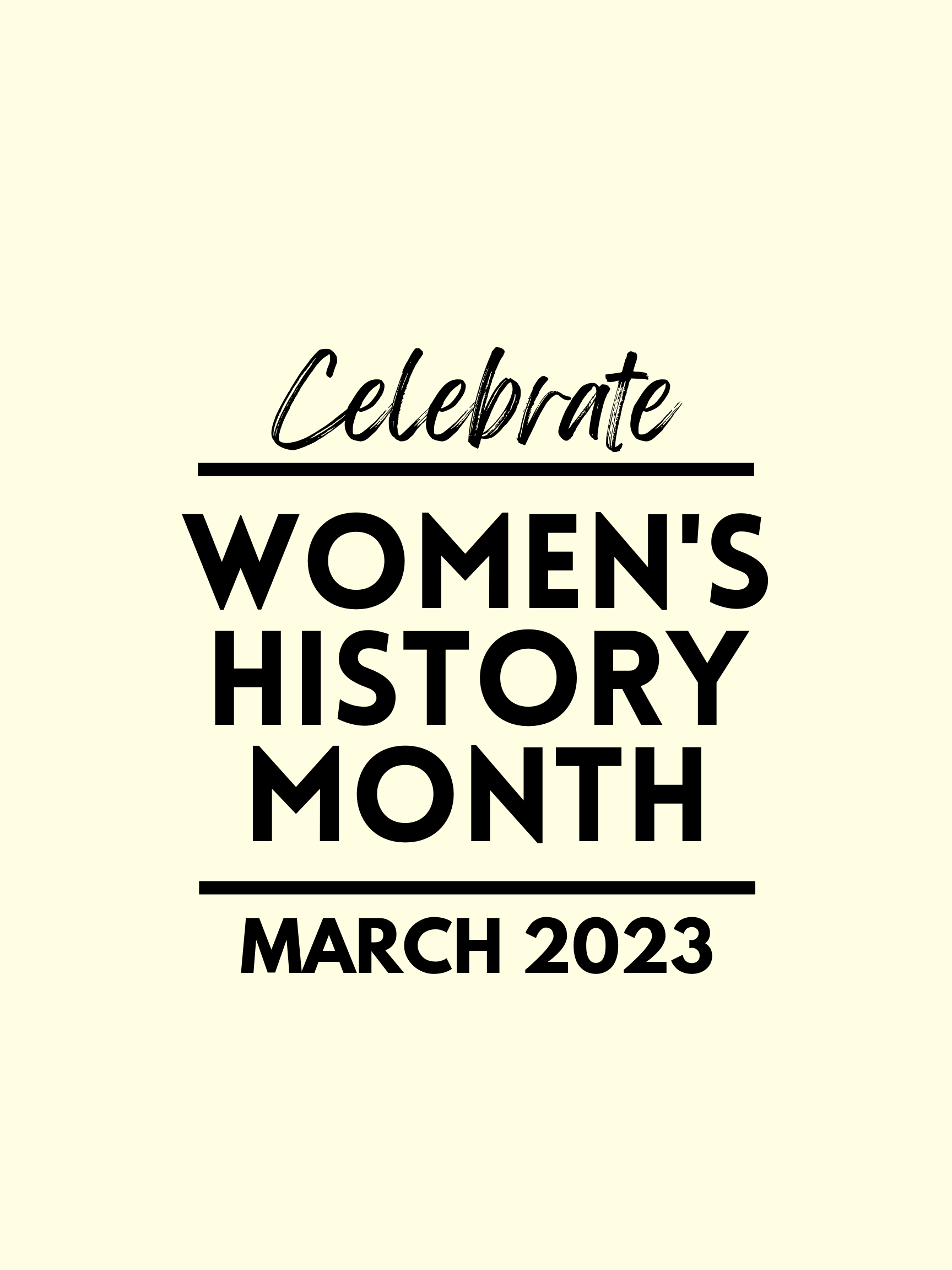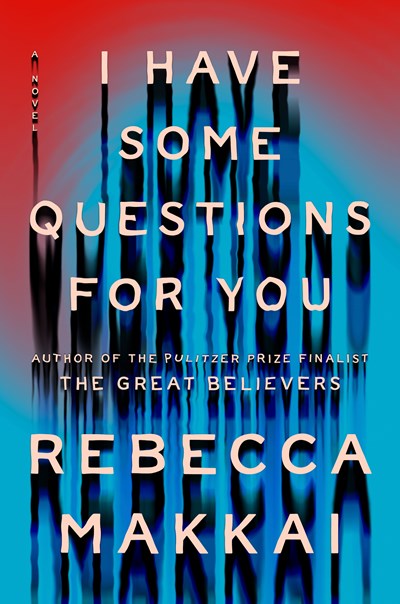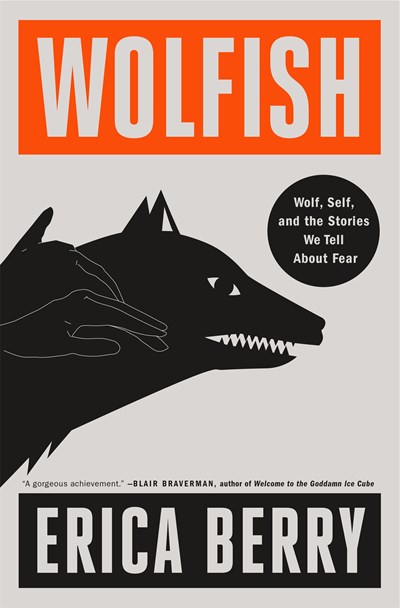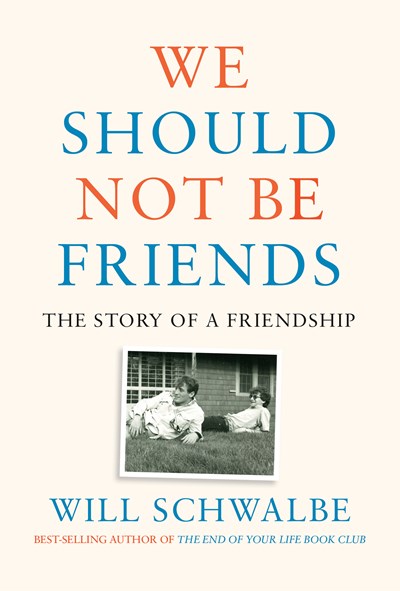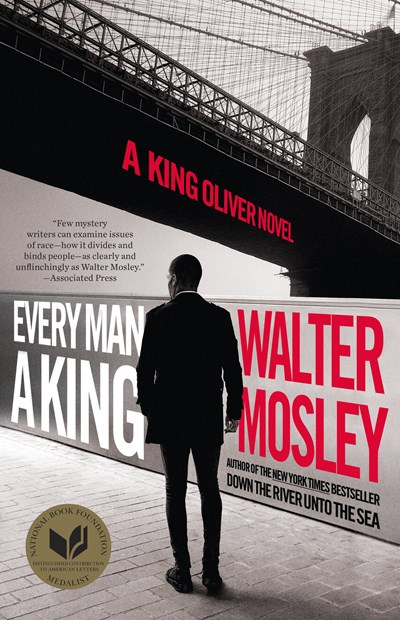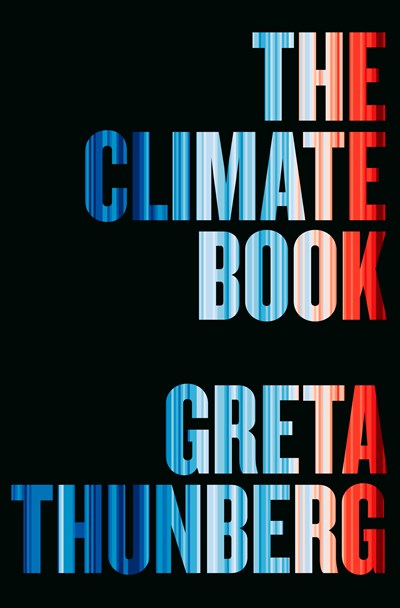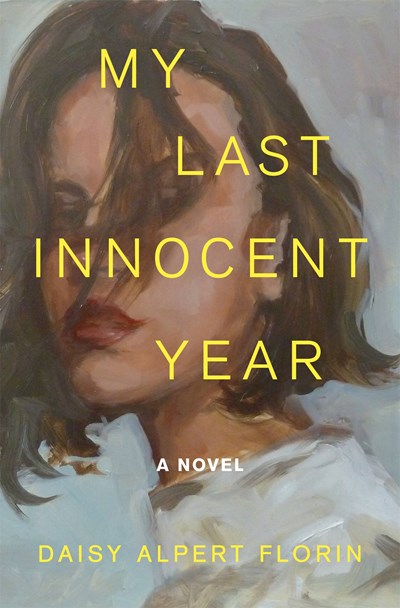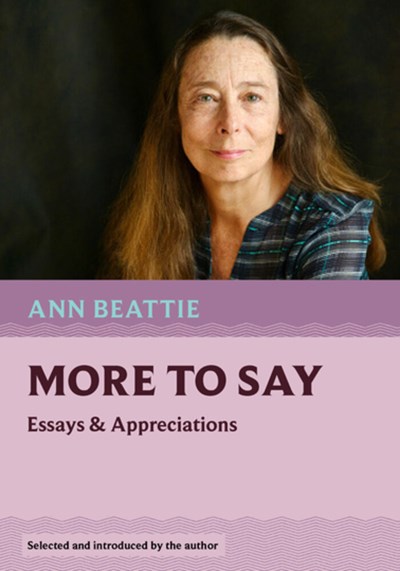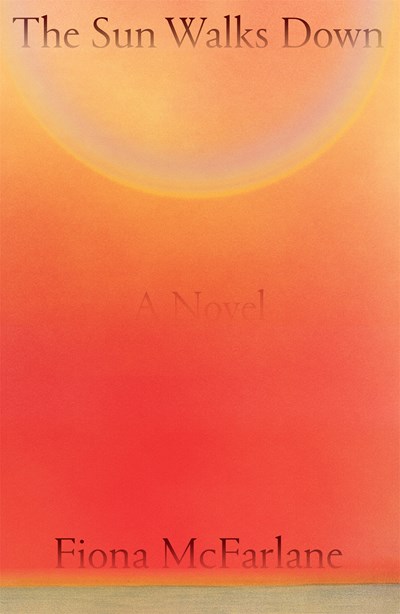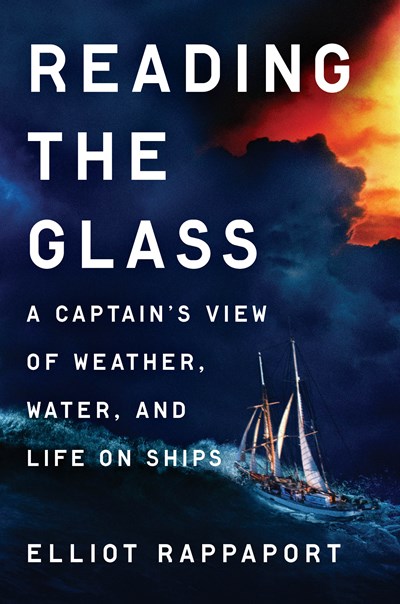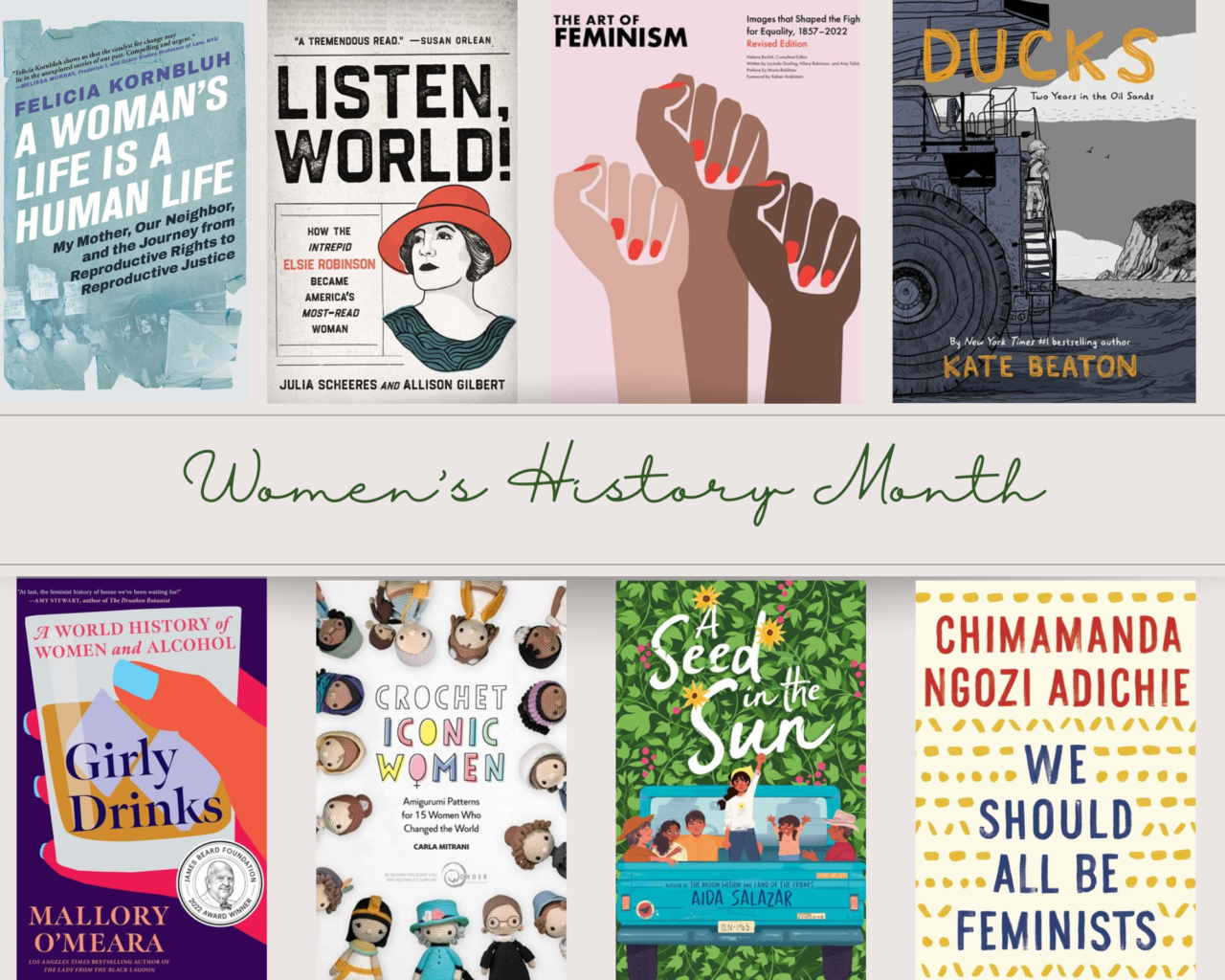
Read about the most influential newspaper columnist you’ve never heard of in Listen, World!: How the Intrepid Elsie Robinson Became America’s Most-Read Woman by Julia Scheeres & Allison Gilbert. We had a great event with Allison Gilbert in November. Check out the replay.
Girly Drinks: A World History of Women & Alcohol by Mallory O’Meara was one of Bookseller Riona Jean’s favorite books of 2021. She highly recommends the audiobook.
She writes, “I love beer, books, and history. O’Meara presents a fantastic and inclusive history of women and alcohol, covering such topics as the scientific process, brewing as a means to financial independence, and drinking habits reflecting change in society.”
Social Media Manager Robin has knit or crocheted anything in years, but Crochet Iconic Women by Carla Mitrani has her considering digging out her yarn stash.
You may already know her work as a cartoonist from Hark! A Vagrant. Katie Beaton’s Ducks: Two Years in the Oil Sands is the story of the world she encountered while looking to pay off her student loans – the harsh reality of life in the oil sands, where trauma is an everyday occurrence yet is never discussed.
Published to coincide with the fiftieth anniversary of Roe v. Wade, this urgent book, A Woman’s Life Is a Human Life from historian Felicia Kornbluh reveals two movement victories in New York that forever changed the politics of reproductive rights nationally. Before there was a “Jane Roe,” the most important champions of reproductive rights were ordinary people working in their local communities.
Featuring a new package and an additional 60 pages of material, this revised edition of The Art of Feminism covers an even more impressive range of artworks, artists, movements, and perspectives. Since the debut of the original volume in 2018, The Art of Feminism has offered readers an in-depth examination of its subject that is still unparalleled in scope. The comprehensive survey traces the ways in which feminists—from the suffragettes and World War II–era workers through twentieth-century icons like Judy Chicago and Carrie Mae Weems to the contemporary cutting-edge figures Zanele Muholi and Andrea Bowers—have employed visual arts in transmitting their messages. With more than 350 images of art, illustration, photography, and graphic design, this stunning volume showcases the vibrancy of the feminist aesthetic over two centuries.
Middle-grade novel, A Seed in the Sun by Aida Salazar: A farm-working girl with big dreams meets activist Dolores Huerta and joins the 1965 protest for workers’ rights in this tender-hearted novel in verse, perfect for fans of Rita Williams-Garcia and Pam Muñoz Ryan.
We Should All Be Feminists by Chimamanda Ngozi Adichie: In this personal, eloquently-argued essay—adapted from the much-admired TEDx talk of the same name—Chimamanda Ngozi Adichie offers readers a unique definition of feminism for the twenty-first century. Drawing extensively on her own experiences and her deep understanding of the often masked realities of sexual politics, here is one remarkable author’s exploration of what it means to be a woman now—and an of-the-moment rallying cry for why we should all be feminists.
Find these books and many more in store. We’re always happy to help you find what you’re looking for, just ask!

